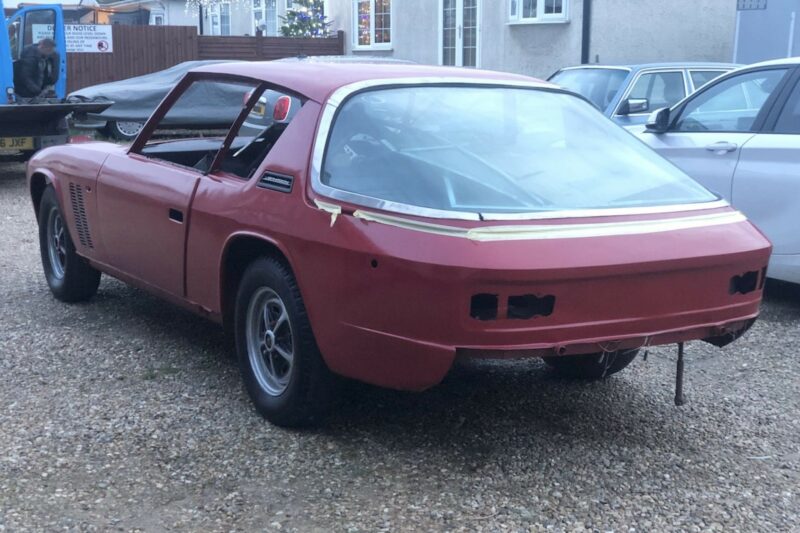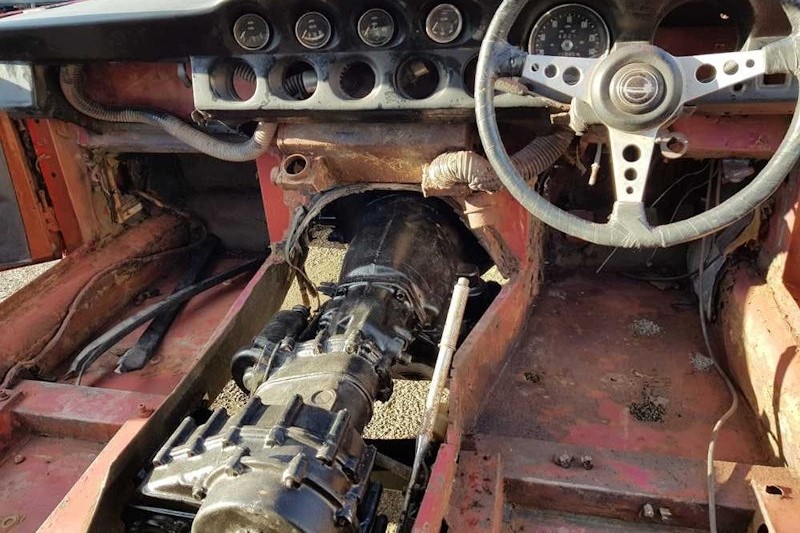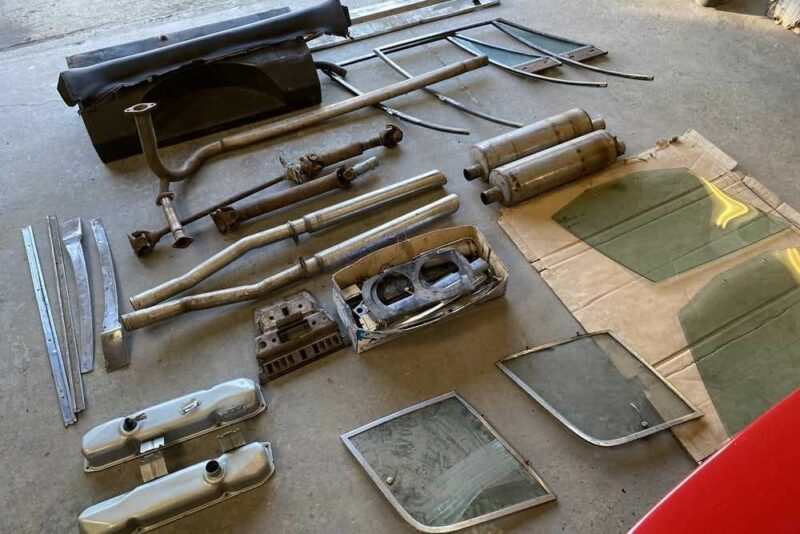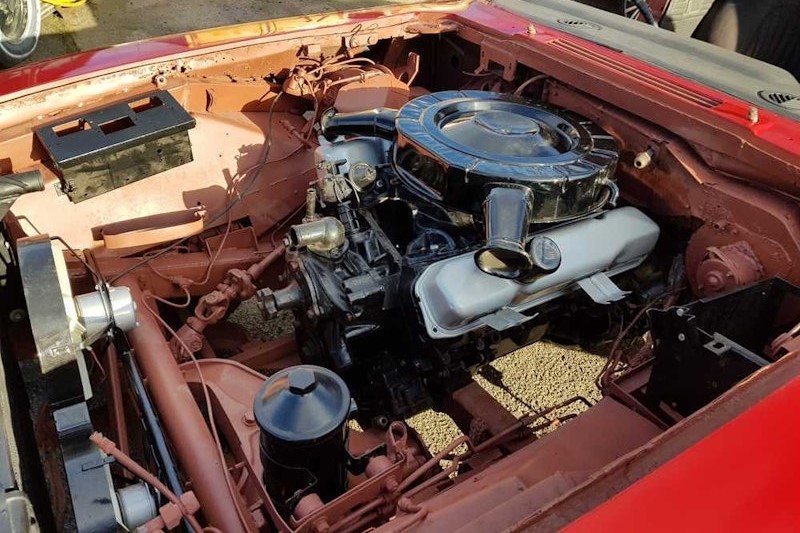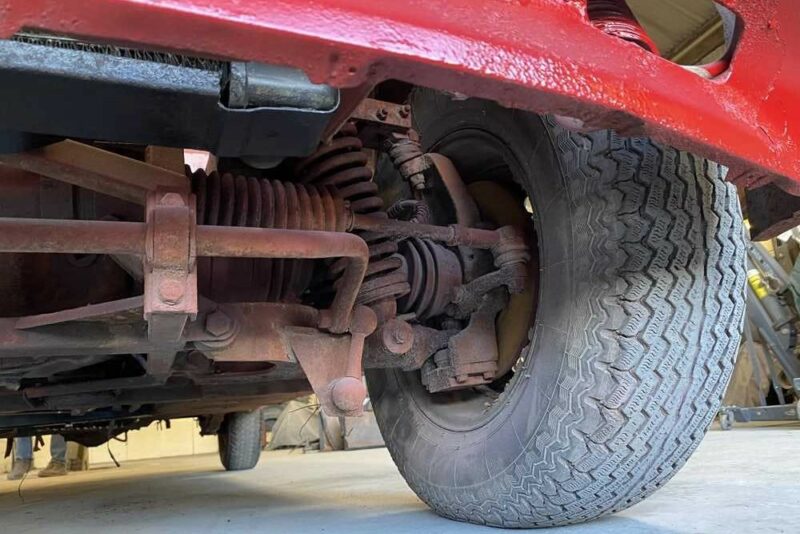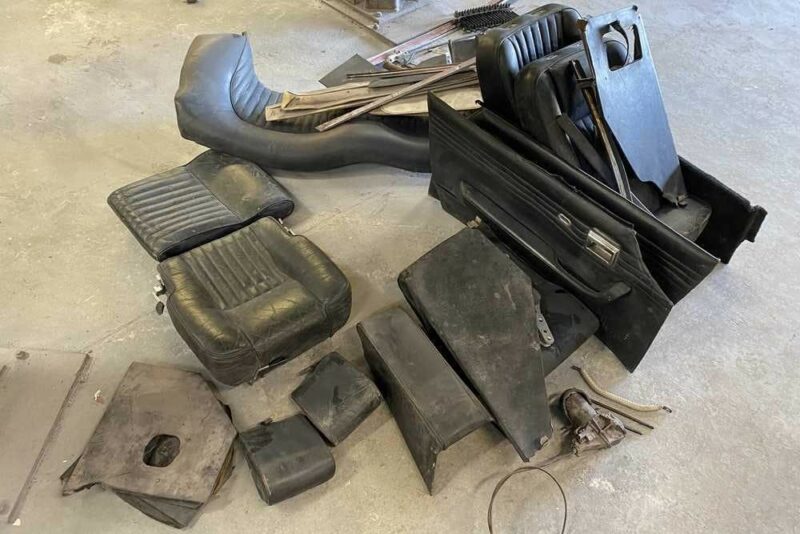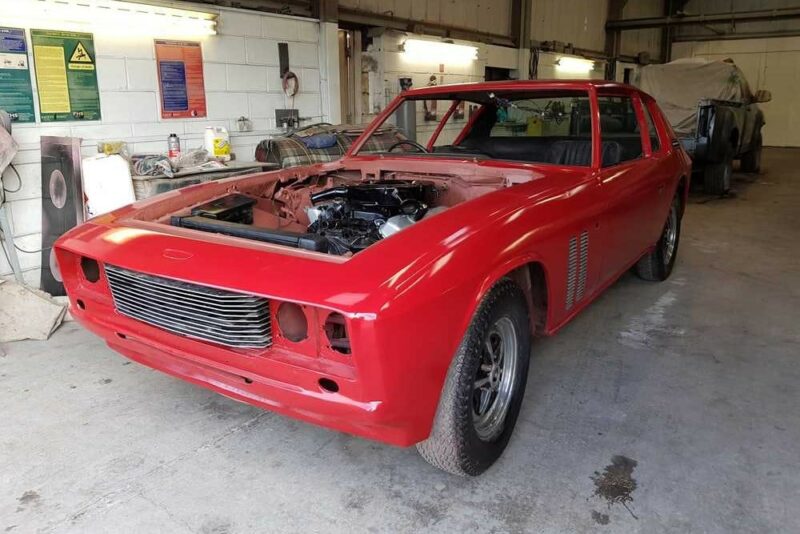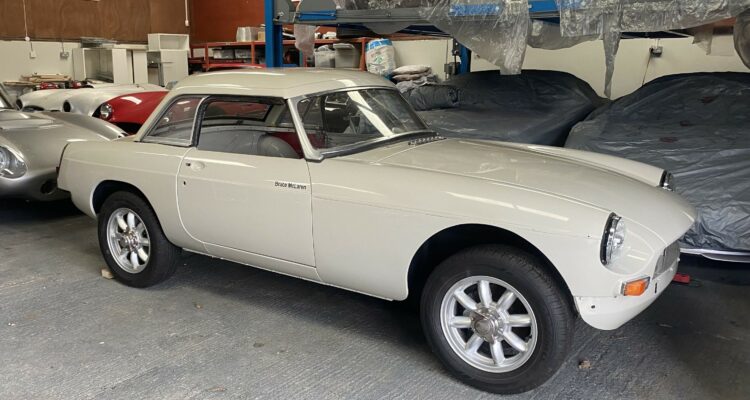1970 Jensen FF – Project Profile
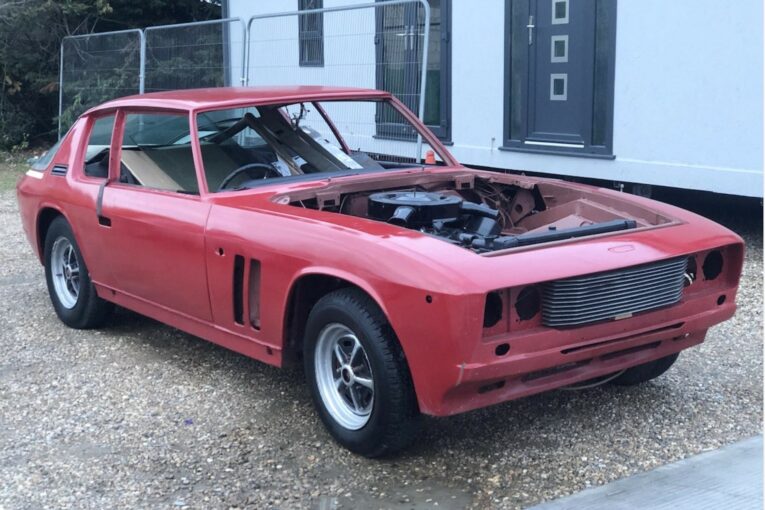
Before the Audi Quattro burst on to the scene in 1980 in all of its new-fangled, four-wheel drive glory, a British car maker had already been there, done that and got the all-wheel drive T-shirt. The company was Jensen Motors and the car was the FF. Yep, the Jensen FF holds the coveted and rather impressive honour of being the world’s very first four-wheel drive production car. This was in 1966 – a full 11 years before Jörg Bensinger and his team at Audi thought to produce a rally car that had power going to every corner. Not only that, but it was also the first production car to feature anti-lock brakes. To say Jensen was ahead of its time would be stating the bleeding obvious but why then did it only ever produce just over 300 examples over a five year production run?
The FF may look a lot like Jensen’s more famous Interceptor but that’s because it’s basically the same car, even utilising the engine and gearbox as featured in the Interceptor – a 325bph 6.3-Litre Chrysler V8 and three-speed TorqueFlite A727 automatic. Jensen took the Interceptor and stretched it by 5 inches but there are ways to visually distinguish the two cars without resorting to a tape measure; the FF has two vents on the front wings and a different front end. It was also heavier due to the beefier, more complex drivetrain. Speaking of which, the FF was so named for the Ferguson Formula all-wheel drive system that was developed by compatriot company Ferguson Research Ltd and licensed to Jensen for use in the car.
To answer the question posed earlier, Jensen, by the advent of the ’70s, had found themselves catering mostly to overseas markets where cars were driven on the right side of the road. Because the FF was pretty much impossible to convert to left-hand drive due to major components of the drivetrain encroaching into the left side passenger space Jensen had shot itself in the foot as far as export sales were concerned and so the FF became untenable.
What is it?
This 1970 Jensen FF is one of only 100 or so examples left. Being of steel construction, and therefore susceptible to rust, a large percentage of those original cars have simply disintegrated but thankfully this particular car is not one of those so afflicted. The car comes with a huge history file, as well as an origin certificate from Jensen Motors.
Why is it a project?
The car has been stripped, with the intention being the completion of a full restoration. Whilst all of the major components, such as the engine and drivetrain, are still present and installed, much of the rest of the car will need refreshing and putting back together. From the photos included in the listing it appears to be a straight, rust-free body and much of the painstaking and time consuming work of stripping and prepping has already been completed.
Five things to look for:
1) Rust
As previously mentioned, the Interceptors and FFs from Jensen were prone to rot and while this one does look pretty clean it’s still worth checking the problem areas, which thinking about it is pretty much the entire car, especially the bottom half. With so much of the interior stripped though it should make things easier to inspect. Ideally it should be all killer and no filler.
2) Engine
The big block V8 is pretty bombproof, if correctly and regularly serviced, but check for any leaks or smoke from the exhaust which will be indicative of a worn engine. Inspect as well as for any signs of overheating in the past and make sure the cooling system in general is in good condition.
3) Drivetrain and Suspension
Again, the all-wheel drive system, as well as the auto box, are robust affairs but make sure all of the gears engage fluidly and keep an ear to the ground for any knocks or clunking when driving as this can be evidence of worn bushings. This is a fast car and heavier than the Interceptor, as such the suspension needs to be on point, so make sure the handling is composed and nothing feels tired.
4) Interior and Electrics
The interior has been completely stripped, which is good, because it means you don’t have to do it and it also allows easier access to any electrics that may need to be sorted out. From the looks of it the entire car will need to be re-wired with a fresh loom. What you will also need to do is make sure everything is present and correct and can be restored accordingly.
5) Parts
As above, make sure everything is there that needs to be bolted back on to the car – trim pieces, mechanical parts, etc.. Do any bits and pieces need to be replaced in addition to the bonnet, lights and badges as mentioned in the listing? Companies like Martin Robey will be able help here but it’s always better if the parts spend can be kept to a minimum.
What should you do with it?
The Jensen FF is an extremely rare car. A car that can easily fetch six figures in today’s market when properly restored. With that in mind the best thing to do here is to finish off what has already been started and restore this one to original spec. Make sure the mechanicals are sound, assess what needs to be restored and what needs to be replaced and then get to work bringing this stylish, exotic, V8-powered GT car back to its best. Just be prepared to constantly clarify that it’s not an Interceptor.

